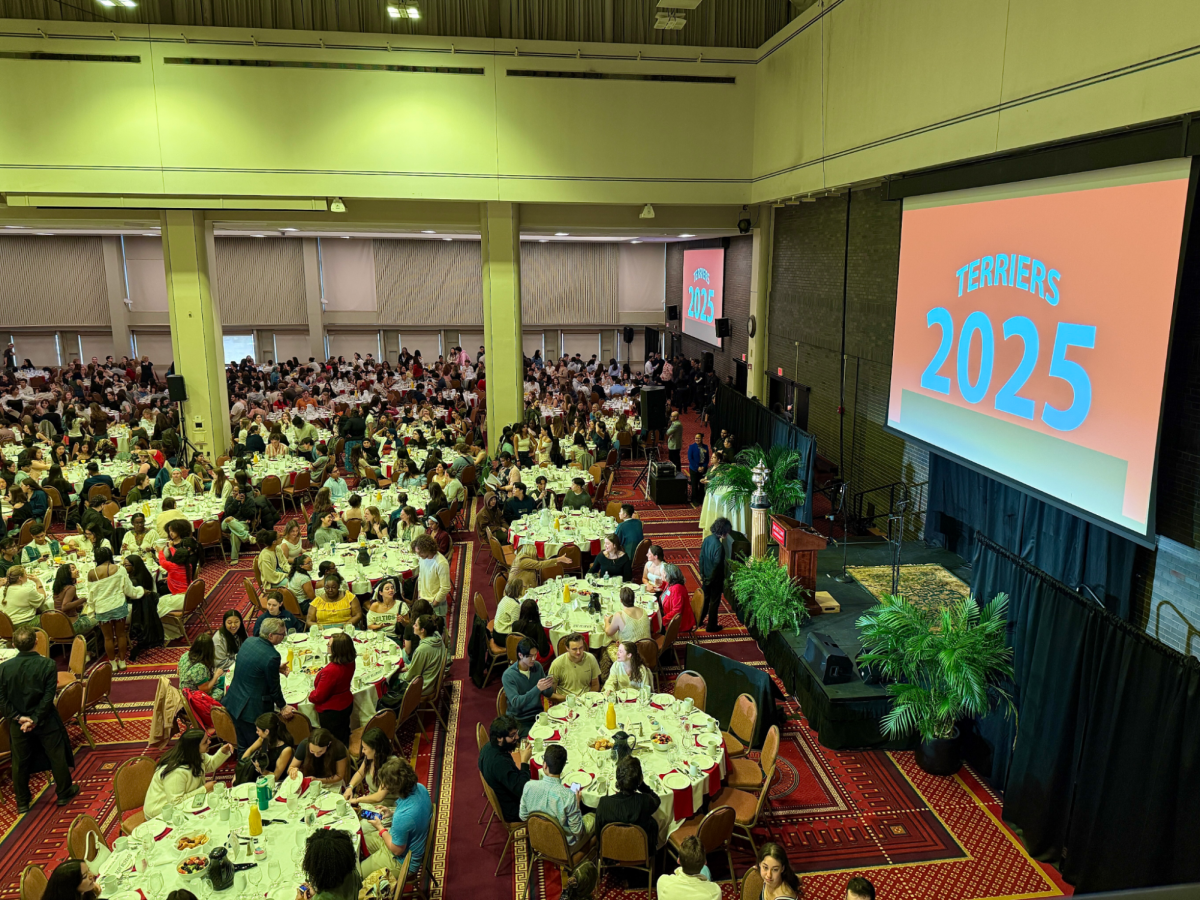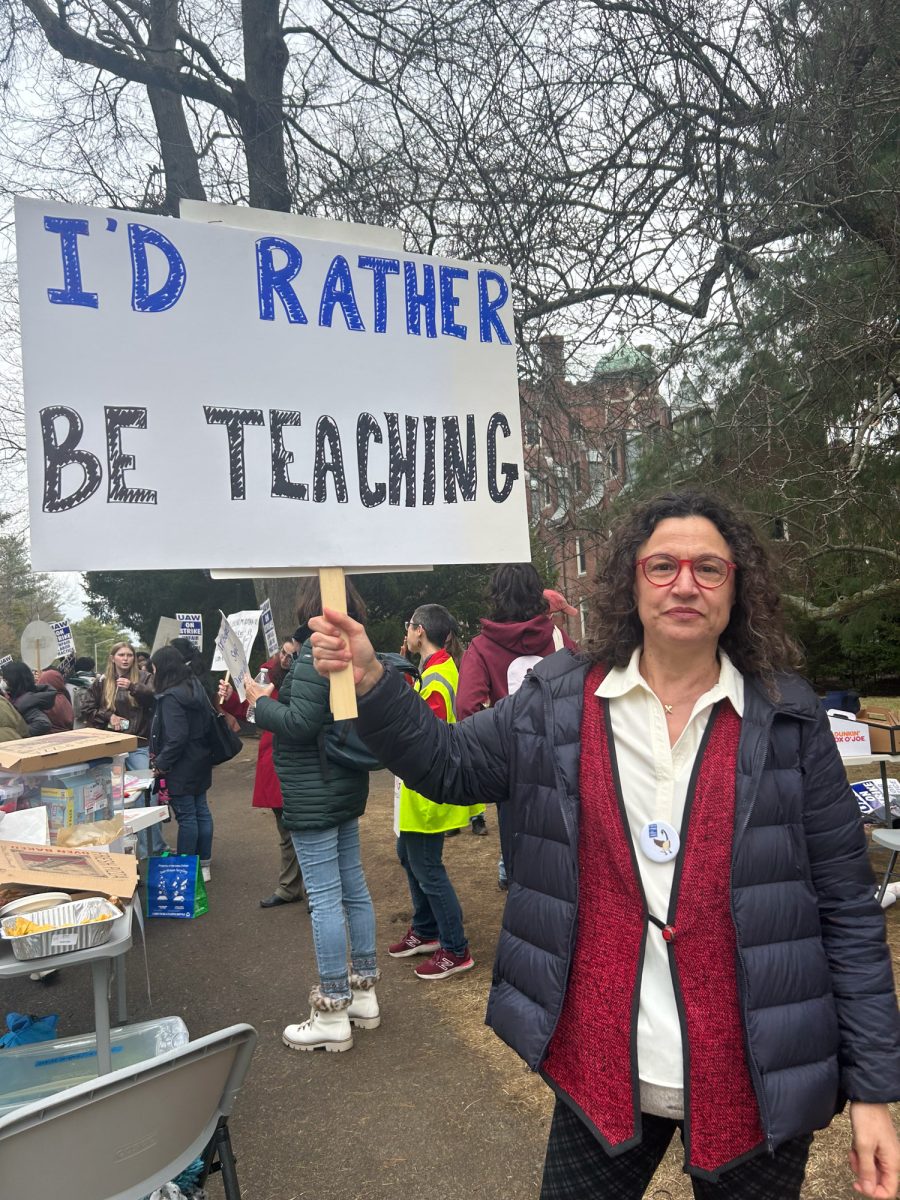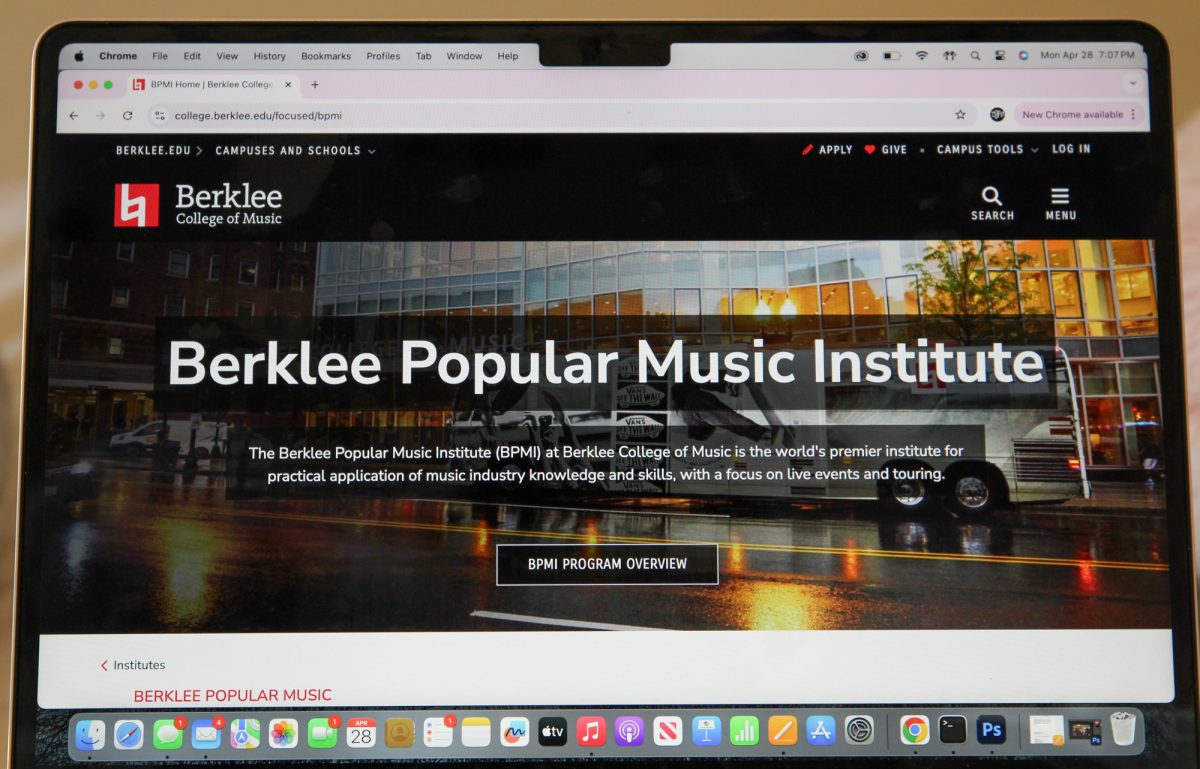Echoing the sentiments of college hockey coaches across the country, Boston University coach Jack Parker is not happy with some of the rule changes proposed by the NCAA Ice Hockey Rules Committee last Friday.
The proposal that has caused the most backlash from coaches and fans is a rule that would allow a shorthanded team to be called for icing. At a coaches convention earlier this year, nearly every coach in the nation was opposed to the change.
“Our league voted 10-0 against it,” Parker said. “Every league voted zero for it at the coaches convention, right in front of the rules committee. And yet the rules committee voted it in.
“The rules committee’s rationale is, “Well, we got surveys before that and the surveys said a lot of people were ambivalent over it. Some people were for it, some were against it.’ Well, that was then. You saw people right in front of you. What’s the sense of having a coaches convention and asking the coaches’ opinion, then when they give it to you, you shove it up their [behind]? That’s what they did.”
All the rules committee’s proposals must be approved by the NCAA Playing Rules Oversight Panel in July. Because the oversight panel is more of a rubber stamp than anything — unless there are safety concerns — coaches and conference commissioners are trying to get the rules committee to rescind its proposal before it gets that far, something Parker said he expects will happen.
Parker is also strongly opposed to a proposal that will make contact to the head an automatic five-minute major and either a game misconduct (meaning the player would be ejected from that game) or a game disqualification (meaning the player would be ejected from that game and suspended for the next).
“I think they have to do everything they can to cut down on contact to the head, but I think they can cut down on contact to the head by enforcing the rules we already have,” Parker said. “Now you’re making it an even more difficult rule to call.
“It’s like hitting from behind. The idea was if we make the rule more stringent, [the players] won’t do it. In reality, what happens is if the referee doesn’t think it deserves the punishment, he won’t call it. If it’s hitting from behind, it should be a five-minute major, but because I have to give him either a DQ or a misconduct, I’ll only call it boarding. When you make the punishment more than the ref wants to give out, he won’t call it.”
There are two other proposals Parker doesn’t like, although he isn’t quite as vehement about them. One is a rule that will force teams to change ends between the third period and overtime, meaning they’ll have to deal with the same long changes they deal with in the second period.
“They think there will be more bad changes in the overtime and they’ll get a goal scored,” Parker said. “They’re trying to eliminate ties. … I don’t get it.”
The other is a rule that will give a team a power play even if it scores during the delayed penalty call.
“I don’t like it, but I don’t really mind it,” Parker said.
There are also two proposals Parker likes. The first is hybrid icing — a cross between the NCAA’s current automatic icing and the NHL’s touch-up icing. Under the new rule, which is already used in some junior leagues, icing will be waved off if an attacking player reaches the faceoff dots before the nearest defender.
“I’m for that,” Parker said. “I think that’s a good rule. I’ve seen that in action in junior hockey. It allows the offensive player to keep the play alive.”
He also supports the abolition of the attainable pass rule, which allows icing to be waved off if the referee determines it was an attainable pass.
“That was an absolute ambiguous rule, a foolish rule,” Parker said. “My question is, if it was a “catchable’ pass, why didn’t he catch it?”
In addition to the six proposed rule changes, there is a lot of debate in the college hockey world over a change that wasn’t proposed — switching from full cages on helmets to half-shields.
The biggest reason the rule was not proposed is so that more research can be done, according to College Hockey Inc. executive director Paul Kelly, who is in favor of the switch.
“It is neither a setback nor a debate killer,” Kelly told USCHO.com. “It is a recognition that it will take a bit more time and effort to convince the Competitive Safeguards Committee of the positives of our proposal for the sport and the athletes.”
Like Kelly, Parker is strongly in favor of moving to half-shields. In fact, he’s more passionate about the helmet debate than he is about any of the current proposals.
“Over and over again, the coaches have told the rules committee that the full cage is the more dangerous way to play,” Parker said. “Unfortunately, the only way they’re gonna change is when somebody sues them. Somebody’s gonna wind up in a wheelchair and they’re gonna sue them, and the NCAA’s gonna have to pay a lot of money for it.
“If they used the half-shield and somebody lost an eye, his quality of life would be diminished, but he wouldn’t be blind. He just wouldn’t have one eye and he wouldn’t be able to play hockey anymore. A kid winds up in a wheelchair, that’s a different story. I have former players that only have one eye. I only have one former player that’s in a wheelchair. I know who’s worse off.
“The NCAA safeguards committee has no idea what they’re talking about. They think they’re protecting eyes and teeth. Big deal. If it was the safest way to play, why don’t the pros wear a full shield? They don’t want their players hurt. The players themselves are trying to make a living. They don’t wanna get hurt. If it was the safest way, why don’t they wear it? Because it’s not.
“You get hit so many more times because you’re getting blindsided. Your peripheral vision has disappeared. Kids are leading with their heads because they think they can’t get hurt. The game is so much more dangerous because of the full shield. It’s amazing. And every coach in college hockey knows it. You know who the experts are? The coaches. Not some doctor in New Haven, Connecticut.”
Offseason notes
Parker said the current plan is for forward Yasin Cisse to come this season. “As far as we know, he’s gonna come this year,” Parker said. “But that still remains to be seen depending on how his recovery’s going come August. Right now, though, he’s planning on coming and we’re planning on having him.” Cisse was originally scheduled to come this season, but he was pushed back to the fall of 2011 to give him more time to recover from a torn ankle tendon he suffered in December. Parker said that if he comes, it’s because he’ll be ready to play right away. … The Terriers are expected to release their 2010-11 schedule on June 23, according to a source in the athletic department.













































































































